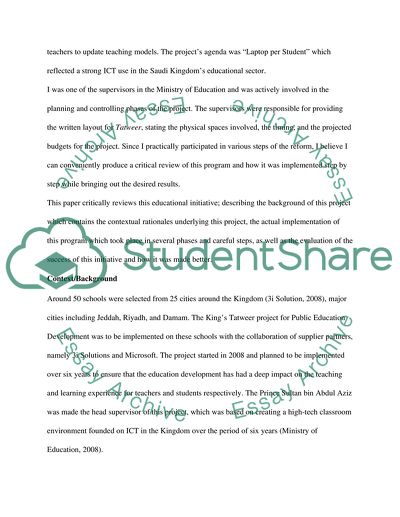Cite this document
(Using ICT in Cooperative Learning Coursework Example | Topics and Well Written Essays - 5000 words, n.d.)
Using ICT in Cooperative Learning Coursework Example | Topics and Well Written Essays - 5000 words. Retrieved from https://studentshare.org/information-technology/1732811-critical-review-of-an-educational-initiative-involving-the-use-of-ict
Using ICT in Cooperative Learning Coursework Example | Topics and Well Written Essays - 5000 words. Retrieved from https://studentshare.org/information-technology/1732811-critical-review-of-an-educational-initiative-involving-the-use-of-ict
(Using ICT in Cooperative Learning Coursework Example | Topics and Well Written Essays - 5000 Words)
Using ICT in Cooperative Learning Coursework Example | Topics and Well Written Essays - 5000 Words. https://studentshare.org/information-technology/1732811-critical-review-of-an-educational-initiative-involving-the-use-of-ict.
Using ICT in Cooperative Learning Coursework Example | Topics and Well Written Essays - 5000 Words. https://studentshare.org/information-technology/1732811-critical-review-of-an-educational-initiative-involving-the-use-of-ict.
“Using ICT in Cooperative Learning Coursework Example | Topics and Well Written Essays - 5000 Words”, n.d. https://studentshare.org/information-technology/1732811-critical-review-of-an-educational-initiative-involving-the-use-of-ict.


